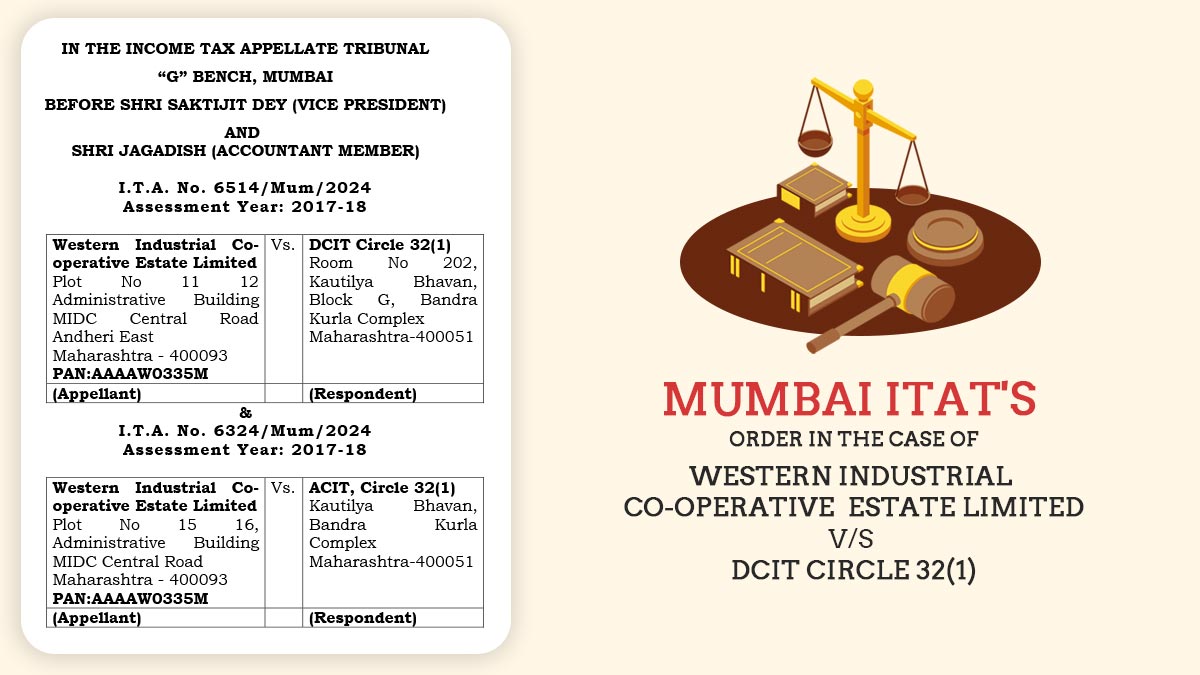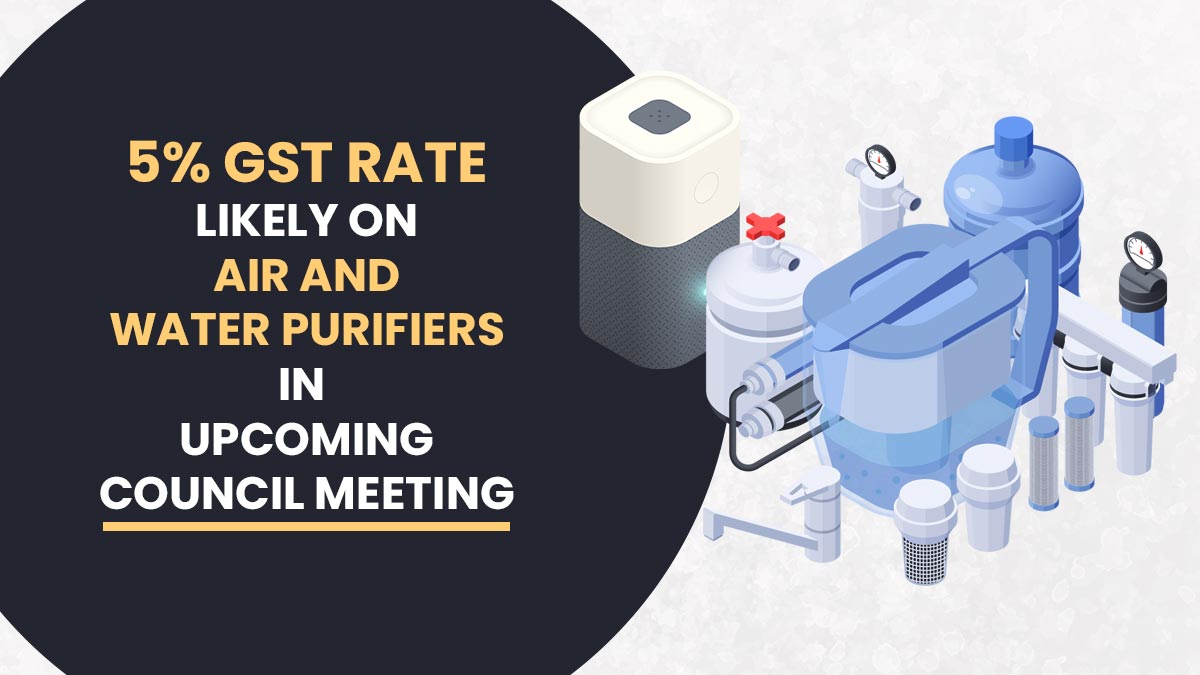
In a few years, the web pages would emerge to become more interactive compared to before. Those days passed when web pages were static and were made only for display purposes. In order to do a certain operation from the browser of any device linked to the internet the developers could now develop fully functional applications.
Low-code platforms offer a ground-breaking method that enables developers to build reliable web pages with little to no coding experience, which is where they come into play. In this post, we’ll examine the advantages of developing your development of desktop and web software applications on a low-code platform and how doing so might streamline the procedure for increased productivity and success.
Definition of Web Application or Web App?
Interactive software created to operate on a browser is referred to as a web application or a web app. A web app is kept on a distant server as opposed to being installed locally on a mobile or desktop device, and users may access it online using the web browser on any device.
Web applications are created to facilitate job completion, just as standard mobile or desktop apps. They are created with a specific purpose in mind and to provide consumers with a premium experience. Web apps may be used by people or organizations to carry out specific tasks or use cases and come in a variety of formats.
Although the majority of online apps are designed to run on any browser, some may need a particular browser to function properly.
What is the Development of Desktop and Web Applications?
Making software and web-based applications that can be accessed through the internet using web browsers and operate on a web server is referred to as web application development. Designing, creating, testing, and deploying web-based systems that enable users to interact with data and complete activities online are all part of this process.
Application development may be tailored to match the unique requirements of a company or organization by utilizing a range of programming languages and frameworks.
Why You Should Make Web Applications?
Because they can be accessed from anywhere and on any device, web apps are widely employed in a variety of sectors and are growing in popularity. Delivering useful, simple-to-use, and accessible web-based solutions that enhance user experience and corporate productivity is a benefit of web application development.
The purpose of the web app is frequently taken into account when developing it. In order to construct this app, the first step is to decide on its goals, features, and functionalities. Front-end developers (client-side programmers) and back-end developers (server-side programmers) must collaborate to create a completely working web app.
Real Examples of Web Applications
Explore a compelling array of real-world web applications in our collection titled “Real Examples of Web Applications.” From the immersive social networking experience of Facebook and Twitter to the efficient productivity tools like Google Docs and Trello, these examples showcase the incredible diversity and transformative impact of web applications across communication, collaboration, entertainment, and e-commerce domains. Embark on a journey through the innovative possibilities that web applications offer in today’s digital landscape.
Customer Relationship Management Web App
Employees may make sense of customer data and interactions by using a CRM web app. Customers may be nurtured by businesses to increase brand loyalty. A CRM app may assist businesses in improving customer service, decision-making, and sales funnel issues.
Web Application of Finance and Accounting
This tool aids businesses in their financial analysis and planning. They can forecast future revenues and costs and identify the financial resources needed to sustain business operations. If you don’t have the proper tools, accounting may be quite difficult. You may concentrate on other company tasks by using a finance and budgeting tool to compute, record, and create financial reports.
Businesses Analytics Dashboard
Making logical decisions based on facts is how business success is determined. Analytics are essential for every firm to better understand their clients and make future plans. A big data analytics dashboard aids businesses in tracking the most recent trends, obtaining the most recent information, and accomplishing their objectives.
Training and Integration Online App
Employee acclimation to their responsibilities, the company’s values, and its services are accomplished through employee onboarding, which is crucial. It aids in developing employees who are devoted to the success of the business. An onboarding and training software simplifies the onboarding procedure, assisting new recruits in acclimating to the workplace environment and contributing meaningfully. It may also serve as a teaching tool.
Insights Management Web App
A workflow app boosts efficiency, promotes transparency, and decreases mistakes. It facilitates multitasking for employees and automates tedious processes. Until a procedure is finished, the program routes tasks along a predetermined path. Data transfers, approvals, and data addition are examples of tasks. Workflows are readily managed by employees, who may also specify the timeframe, key stakeholders, and job priority.
Advantages of Desktop or Web Application Development
Web apps provide several benefits for organizations over traditional websites and mobile applications.
The following are some benefits of creating a desktop and web application:
- Quicker and less expensive to create than native mobile apps
- simple to update and maintain
- Uses a browser that is compatible with every device
- Web applications do not require installation, unlike mobile apps. They are directly usable from a web browser.
- Since web applications are created on specialized servers that have stronger security infrastructure than locally installed apps on individual devices, they are often safer.
Process for Designing and Developing Web Applications
Web applications have some similarities with websites but provide a far higher degree of engagement which is more complex. It may be visited using browsers like Mozilla, Opera, or Google Chrome, just like a website. To handle user requests, a web application nonetheless communicates with a web server, an application server, and a database.
A web app doesn’t require its users to locally download or install it on their devices. They interact with the web server online, and it forwards their requests to the particular application server. The application server responds to the request by working with the application database and sending the result back to the web server. As per the case, through the browser interface of a mobile device, tablet, desktop, or PC, such interaction would take place.
What Are the Different Types of Web Apps?
Based on what they accomplish, how they operate, or the technology that supports them, web-based apps can be divided into many categories. Following are some of the most common categories of web apps:
#1. Fixed Web Applications
Technically, static web applications are not apps. They are the most straightforward web page formats available today. Static web applications are mostly used for display as they don’t have any server-side interactions. Usually, a combination of HTML, CSS, and Javascript code is used to create them. To make them more interactive, they could also include animations or other main media. A static web app is a simple portfolio or company website.
#2. Dynamic Web Application
A dynamic web application is more complicated than a static one. In response to the user’s request, it produces data in real time. The application server receives the user’s request, processes it, and then replies to the user with its findings. Social media apps like Facebook and Twitter are examples of dynamic web applications.
#3. Web application For Business E-Commerce
An e-commerce business application, as its name suggests, enables users to conveniently purchase goods and services online. An e-commerce web app provides required product information, order monitoring, and other capabilities in addition to enabling online payments for products.
4. Single Web Page Application
These web applications are often created using JavaScript frameworks like AngularJS and React and are intended to be utilized on a single web page. They offer a seamless user experience and are growing in popularity since they are quick and responsive.
#5. Responsiveness & Flexibility Apps
The responsiveness and flexibility of progressive web applications are comparable to those of traditional mobile apps, and they may be installed similarly. However, a device’s web browser is used to launch them. They can operate offline since they don’t rely on connectivity. Because they provide a native mobile app experience whether you’re using an Android or Apple device, progressive web apps are also cross-platform.
#6. Social Networking Web apps
Users can communicate with one another and share information using these web applications. Twitter and Facebook are two examples.
#7. Web Application of Business CRM Software
These web applications, which may include enterprise resource planning (ERP) systems and customer relationship management (CRM) systems, are created to specifically address the needs of corporations and organizations.
Know All Steps How to Create a Web Application
The process of creating a web application and a mobile application are similar. For effective web application development, you’ll need a solid team, a set of clearly laid out steps, or a workflow.
Below mentioned are the 6-step checklist on the method that the web app development procedure to get performed and the method to develop the web apps in 2023.
Step 1 Find out the Web App Objective
Identifying the issue a web application is supposed to address is the first step in developing one. Your app’s concept should offer a creative fix for a difficulty.
Step 2: Functions Defining
The next step is to specify how your web app will address this problem after it has been detected. This entails identifying the application’s precise features and functions.
Step 3: Workflow Planning
The steps that must be taken at each stage of the development project are clearly outlined in your workflow. How you divide up your project’s time, resources, and budget is determined by the workflow. It must be flexible enough to meet your unique business and technological needs.
Step 4: Prototype preparing
An excellent method to picture the finished product and how it may operate is to create a simple but functioning prototype of your app. Before you start creating, make your prototype and test it.
Step 5: Start building
After the prototype has been approved, you may start developing your application. Building a database, a front end, and a back end, all connected to create a useful web app, is often where this process starts.
Step 6: Test and launch your app
Apps are rigorously tested before being deployed, whether they are for the web or mobile. Though many development teams choose to test the app at various points along the development lifecycle, this may be done at the conclusion of the project.
Comparison of Web Apps and Mobile Apps
The closest thing to a mobile application you can get is a web application, but they’re not the same. Mobile applications are created exclusively for mobile devices, as the name suggests. They can be cross-platform or native (made especially for the iOS or Android operating systems).
Even while both kinds of applications may be made to carry out the same functions, their client-side information displays are different. Mobile applications must be downloaded from a native play store and installed on the device, whereas web apps operate in a web browser.
Only applications for smartphones and tablets are created for mobile devices. A web app can function on any device with a browser since it can operate on any browser. They’re in charge, thus the display will change in accordance with the size of the screen.
In comparison to web applications, mobile apps are typically more expensive and more difficult to produce. Additionally, they take longer to maintain over time.
What will Web Apps look like in the Future?
Technology is ever-evolving. It changes how we access and use information as it develops. With the introduction of web apps, organizations have been able to develop fully-functional, unique applications that facilitate data access and automate procedures.
Web applications offer a layer of interactions that may be further enhanced with sophisticated frameworks and tools, going beyond simply constructing websites to boost your online presence, display information, or present your items to buyers. The latest cutting-edge technology, including augmented reality and artificial intelligence, can give a superior user experience to clients and completely change how you connect with them.
Internally, web apps have a place as well. Web apps allow organizations to develop apps for their various operations on a cloud server rather than designing and maintaining custom applications with expensive local infrastructure. This is not only more adaptable but also simpler to construct and manage.
How SDMT Supports Web Application Development
Developing the web app would be a cost-effective and quicker way to develop a fully functional customer-facing application and internal business tools. You are enabled to do app development costs by developing your web app on a low-code platform such as SDMT. SAG Infotech’s SDMT low-code desktop and web applications development tool is useful for professionals.
Websites/e-commerce are typically created using languages such as PHP, ASP.NET, Angular, and others, and some popular Content Management Systems (CMS) with little coding needs include WordPress, Magento, Joomla, Drupa, and others.
Websites may be created without any coding; simply drag and drop content and the project is ready to go live. With the assistance of SDMT, the Development of Desktop and Web Software Applications are Drag-and-Drop Interface, Rapid Prototyping, Integration Capabilities, Customization Options, Collaboration Tools, Cross-Platform Support, Security and Access Controls, Deployment and Hosting, and Scalability.
A low-code app development platform enables business people with little technical expertise to create apps without knowing how to code. With the help of straightforward drag-and-drop application components, Kissflow is a powerful development environment that enables both programmers and non-programmers to create web apps as rapidly as possible.
By using SDMT, you may decrease expenses, lessen the amount of coding required, and give your development team more time to work on tasks that are more intricate and high-level. You may build your own apps using our platform with little to no assistance from IT professionals or outside experts. It also functions as a platform for collaboration, enabling smooth project collaboration between your business and IT users.
SDMT is user-friendly and equipped with everything you need to construct interactive websites or develop mobile applications that assist users in fully automating tasks. The quickest method to begin developing web apps is with SDMT.








